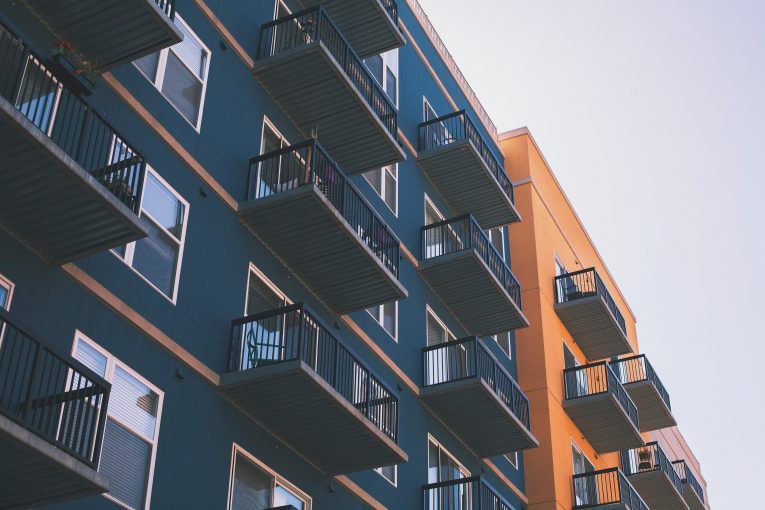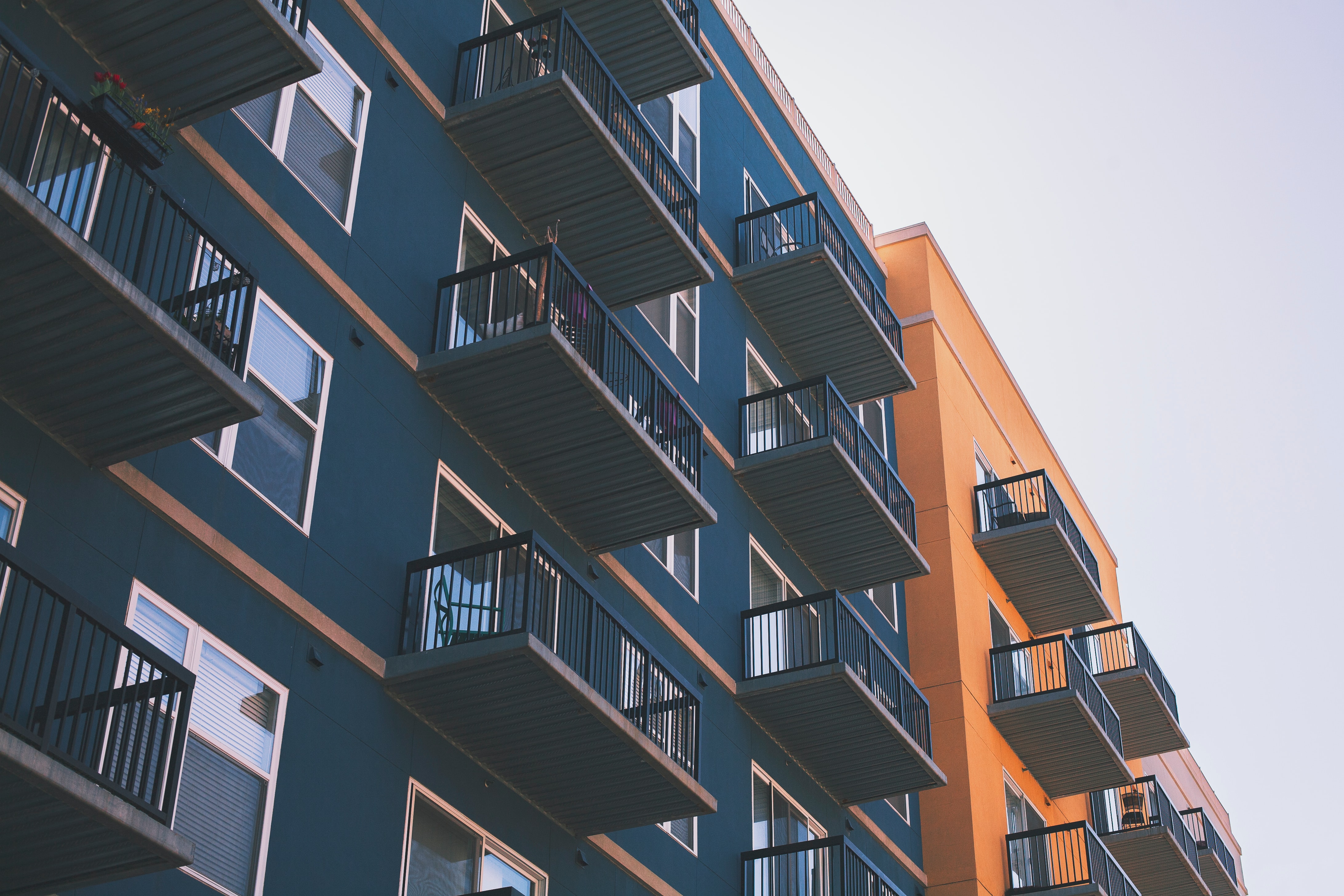

By David M. Greenwald
Executive Editor
When Davis residents are polled—as they were last spring—most of them recognize that the biggest issue facing the community is lack of affordability in housing. Not only do more than 30 percent of those polled recognize it as the top issue facing the community, but more than 7 in 10 viewed in unsatisfactory terms.
And yet… When push comes to shove, most of the time over the last two decades, Davis residents have opposed ballot initiatives that would have provided housing to the community—in many cases dozens or more of affordable housing units.
While Davis has stronger growth control measures than other communities and is likely more extreme, it turns out that the general view in Davis is not really an outlier.
By similar margins nationally, a recent survey found, as reported by FiveThirtyEight, “Americans support tackling housing insecurity, with 71 percent saying that it should be at least an important priority for Congress to pass legislation growing the housing supply and improving housing affordability. “
At the same time, “research also suggests that while Americans want more kinds of infrastructure to reduce homelessness, far fewer want those resources close to where they themselves live.”
There was a YouGov survey earlier this year. They asked Americans about building about 40 kinds of developments.
The survey found, “85 percent of Americans supported building homeless shelters somewhere in the United States. However, when they were asked about building shelters in their own local area, support was over 20 percentage points lower. Support for low-income housing followed a similar pattern, with broad approval for building it someplace in the country (82 percent) but much less for building it locally (65 percent).”
And that’s in the abstract. As we have seen, once there is a concrete proposal where near-neighbors have to weigh the costs, the impacts, the inconvenience, that number surely falls.
“At some level, people want to look good. And so when asked if they support low-income housing, people say yes. But when that housing gets closer and closer, then people start to think about tangible impacts,” said Shomon Shamsuddin, a professor of social policy at Tufts University. “It no longer becomes something they choose to support in theory. They perceive it as something forced on them by somebody else.”
There is of course a name for this—some might consider it pejorative—NIMBYism.
Projects that people understand that communities need, when they are close by, lead to concerns about crime, traffic, noise, nuisance, and hits to property values.
FiveThirtyEight notes, “Ultimately, pushback against affordable housing tends to draw on the assumption that such housing raises crime rates, because people tend to believe the poor are more likely to commit crimes, Shamsuddin said. “
These concerns are often fears of the unknown, but they turn out to not be true.
For instance, the article notes, “research suggests that an increase in temporary shelters, like tents, for unhoused people in a given area does not track with an increase in nearby property crime.”
We saw this in Davis with concerns that the Respite Center would lead to rising crime near the center.
FiveThirtyEight notes, “The aforementioned YouGov poll implies that Americans believe that the people who need affordable housing options are less desirable to have in one’s community. And this idea goes beyond individual citizens. For example, many local governments have focused on using police force and the law to deal with homelessness, destroying encampments of unhoused people.”
“Even the term ‘affordable housing’ comes out of an effort to make people more comfortable,” said Shamsuddin. “‘Low-income housing’ has certain [negative] connotations.”
While FiveThirtyEight focused heavily on crime concerns and affordable housing, there are also generalized near neighbor concerns with respect to housing in general.
In conversation with a councilmember earlier this week following the downtown discussion, they noted that infill projects are often opposed by residents and neighbors at the time they are proposed and then once they are built, they become part of the landscape and most don’t even notice them.
But getting over the initial observation has proven difficult and for most peripheral projects, with a vote requirement, often impossible. That leads to a council forced to meet housing requirements with dense infill rather than peripheral subdivisions.
Such an approach avoids the need for a citizen vote, but does bring proposed developments head on into opposition from near neighbors and neighborhood groups. Sometimes that has been enough to modify proposed projects and sometimes it means that the housing—along with affordable housing—does not get built.







“Such an approach avoids the need for a citizen vote, but does bring proposed developments headon into opposition from near neighbors and neighborhood groups. Sometimes that has been enough to modify proposed projects and sometimes it means that the housing – along with affordable housing – does not get built.”
The predictable consequence of the policy you support. Its a pity.
The article you linked does not bear out your assertion. The Respite Center has led to significant problems in the vicinity. I would suggest that you and other advocates stop denying the observations of surrounding property and business owners, and actually address the impacts that this and other respite centers actually have on their immediate vicinity.
Exactly.
The “housing shortage” people have taken-over much of the media and government, supported by the interests which are attempting to blame this on communities.
The problem is that it’s a complete and total lie in the first place.
If there was an actual housing shortage, builders would not be drastically pulling-back regarding housing starts. Housing inventory is also starting to rise, as it does with every downturn in the housing market. Does that sound like a “shortage” to anyone with brain?
https://www.cnbc.com/2022/10/31/homebuilders-say-steeper-downturn-is-coming-as-buyers-pull-back.html
What we actually have is a capitalistic system which will never meet “demand” in regard to “affordable” housing. The reason being that there’s apparently an increasing number of people who are falling behind (wage gap).
It’s even occurring in “cheap” cities, which never say “no” to a developer.
Housing shortage info:
https://www.fanniemae.com/research-and-insights/perspectives/us-housing-shortage
Study of housing markets:
https://www.fanniemae.com/media/45106/display
Key measures.
Affordable Shortage/Surplus Share
AMI = Area Median Income
Where does the Sacramento Metro region stand?
Rentals: Sacramento housing market is -10%.
Plain English: there is a shortage of affordable housing in the rental market in the Sacramento area, leading to cost burdens for renters.
More on cost burdens. It is a nationwide problem.
https://nlihc.org/resource/shortage-affordable-available-and-accessible-rental-homes
Just happened-across the following article. Some people rigidly “whine” about what others should do for them, while others simply “do”. Wanna guess as to which approach is successful? Though even in Pennsylvania, the rent ain’t “cheap”.
The article notes that this small, millennial-aged team is doing this with other schools, as well.
(Just in case you’re wondering what to do with the excess number of Davis schools, as soon as taxpayers get tired of throwing their money away.)
https://www.cnbc.com/2022/12/16/take-a-look-inside-abandoned-high-school-apartment-building.html